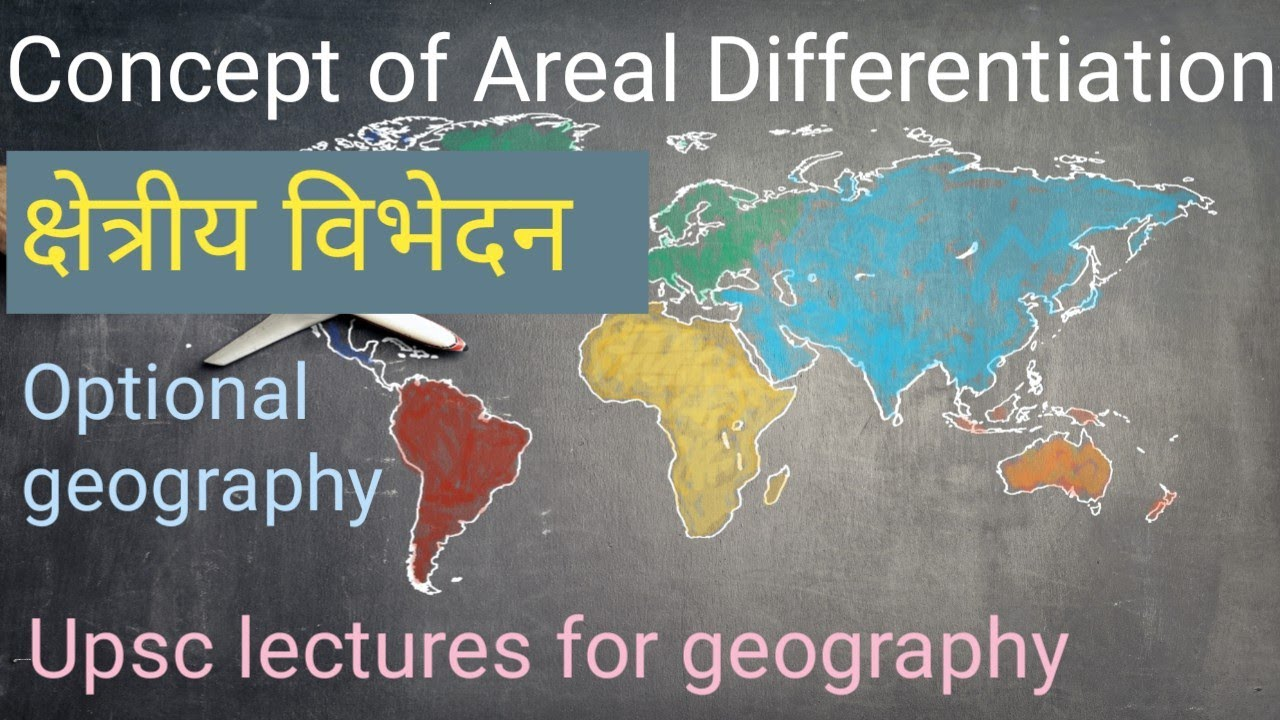Areal Differentiation
Areal differentiation refers to the study of regional differences in human geography. It involves analyzing the characteristics and processes that shape the physical and cultural landscapes of different regions. Understanding areal differentiation is essential in developing a comprehensive understanding of human-environment relationships and regional development.
Meaning and History of Areal Differentiation
Areal differentiation is the study of regional differences in human geography. It involves analyzing the characteristics and processes that shape the physical and cultural landscapes of different regions. Areal differentiation is rooted in the geographic tradition of regional geography, which emphasizes the study of regions as distinct cultural and physical units. This approach dates back to the early days of geography as a discipline, with early geographers such as Alexander von Humboldt and Carl Ritter emphasizing the importance of regional analysis.
Types of Areal Differentiation
- Physical Areal Differentiation: Physical areal differentiation refers to the study of regional differences in the physical landscape. This includes analyzing factors such as topography, climate, and natural resources that shape the physical characteristics of different regions.
- Cultural Areal Differentiation: Cultural areal differentiation refers to the study of regional differences in culture and society. This includes analyzing factors such as language, religion, and customs that shape the cultural characteristics of different regions.
Examples of Areal Differentiation
- Physical Areal Differentiation: Physical areal differentiation can be seen in studies that analyze the impact of climate change on different regions. For example, studies have shown that regions in the Arctic and sub-Arctic are experiencing more rapid warming than other regions, leading to significant changes in the physical landscape.
- Cultural Areal Differentiation: Cultural areal differentiation can be seen in studies that analyze the impact of globalization on different regions. For example, studies have shown that globalization has led to the spread of Western cultural values and practices to many regions of the world, leading to cultural homogenization and the erosion of traditional cultures.
Areal Differentiation Issues
- Scale: Scale is a significant issue in areal differentiation. The scale at which regions are defined can have a significant impact on the analysis of regional differences. For example, defining regions at a global scale may obscure important regional differences, while defining regions at a very local scale may not provide enough context for understanding broader regional patterns.
- Generalization: Generalization is a significant issue in areal differentiation. Making generalizations about regional characteristics and processes can lead to oversimplification and the overlooking of important regional differences.
- Power Relations: Power relations are a significant issue in areal differentiation. Some regions may be marginalized and have less power in decision-making processes related to development and resource management.
Strategies for Effective Areal Differentiation
- Multiscale Analysis: Multiscale analysis involves analyzing regional differences at different scales, from local to global. By analyzing regional differences at different scales, we can develop a more nuanced understanding of the complex processes that shape regional development.
- Participatory Approaches: Participatory approaches involve engaging with local communities and stakeholders in the analysis of regional differences. By involving local communities in the analysis process, we can ensure that their voices are heard and their needs are
- Critical Reflection: Critical reflection involves reflecting on the values, assumptions, and biases that shape our analysis of regional differences. By critically reflecting on our own perspectives, we can develop a more nuanced understanding of regional development and avoid reproducing existing power imbalances.


